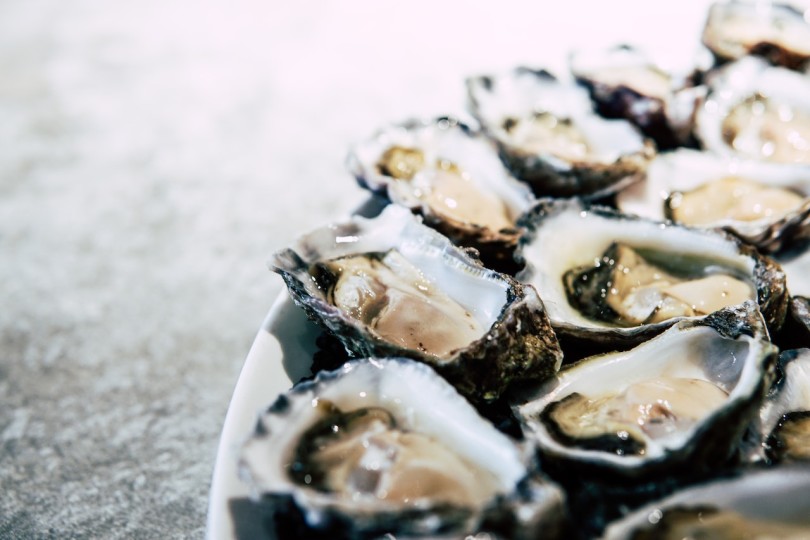How does Battery Energy Storage work?
19 Apr 24
Enviro ChatThe Global News Source for the World of Science and Chemicals
05 December 2022
Enviro Chat
Production of food, whether it be from agriculture or aquaculture, often receives a bad rap in environmental terms. Growing crops and breeding animals to feed the world’s swelling population consumes vast amounts of energy and natural resources, as well as producing significant greenhouse gas emissions which pollute the air and contribute to global warming.
But while that might hold true for most organisations and industries, oyster cultivation may well be the exception to the rule. Indeed, one oyster farm in Fujairah has recently received Friends of the Sea Sustainable Aquaculture certification for the myriad benefits that the practice brings to the planet.
Dibba Bay Oysters, which is led by CEO Ramie Murray and currently serves over a third of the oyster market in the UAE, has been rewarded with Friends of the Sea accreditation by the World Sustainability Organisation. The farm meets stringent standards surrounding water quality, energy consumption, waste management, habitat impact and other sustainability criteria.
While there are currently over 1,500 companies which have received the same certification in more than 80 countries around the globe, Dibba Bay is the first of its kind in the Emirates. Although it started out small, it has grown rapidly in recent years and is now capable of producing up to 400,000 oysters a month. Mr Murray aims to ultimately double that capacity in the future.
So why, specifically, are oysters good for the environment? Well, the infrastructure involved in their cultivation can increase the surface area of an underwater zone by as much as 50 times. That attracts a variety of other aquatic organisms including anemones, barnacles and hooked mussels, which can serve as prey for larger predators and thus enhance biodiversity even further.
What’s more, oysters act as natural filters for the water in their vicinity and can even sequester carbon in their shells, thus improving water quality and combatting rising ocean temperatures all at once. And because oysters do not require to be fed or treated with artificial hormones or chemicals, they consume fewer resources and result in less pollution.
Finally, oysters are also an excellent method of providing sustenance to the world’s growing population. Fishing and capturing seafood from the wild is already at capacity, which means aquaculture farms must help to meet the heightened demand. Already, total output from aquaculture centres (including both inland and open water farms) has shot up from 10 million tonnes in 1987 to 87 million tonnes today.
What’s more, the fact that Emirati oyster farms can serve the national population and be exported to nearby countries means that imports don’t have to come from as far away. Of course, there are still emissions associated with the transportation of produce from the UAE to other Gulf nations and southeast Asia, but they are less than half of those which would occur if the oysters were imported from France or the USA. As such, it’s a win-win situation all round.
DOWNLOAD PDF

2 Day Seminar Program
@ ArabLab+ 2024
24 & 25 September 2024
Your stay in Dubai
Labkit
Product News
Chemkit
Product News
Thinking about exhibiting at ARABLAB 2024? Watch our video to find out more.
Join the world’s leading organisations…
Join our mailing list and receive the ARABLAB newsletter and event updates.